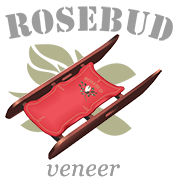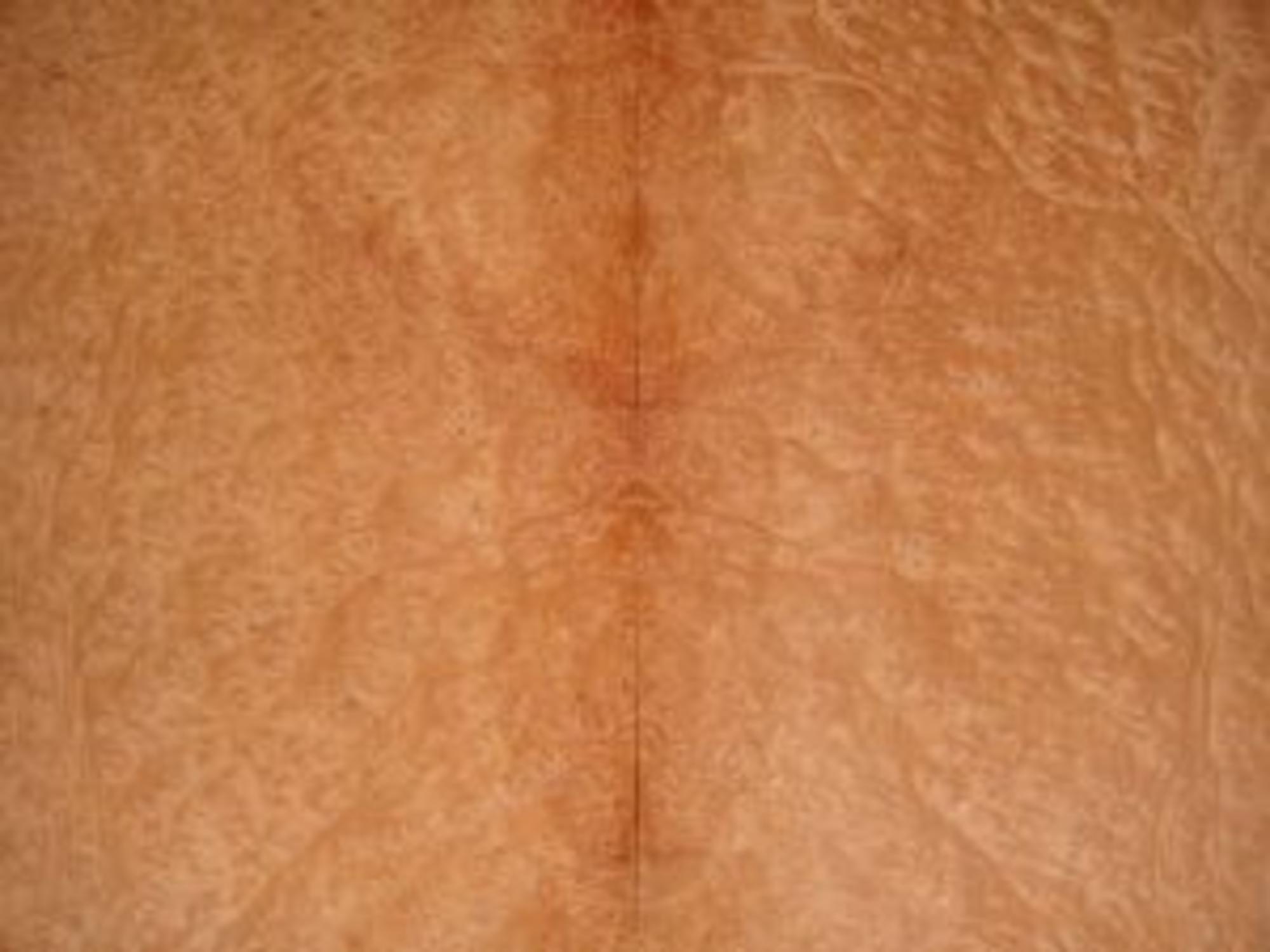Latin Name: Arbutus menziesii
Common Name(s): Madrone, Pacific Madrone
Sources: Western coast of North America
|
Characteristics
|
Color tends to be a cream or pinkish brown color, but can also have dark red patches. Madrone is known for its burl veneer, which has many closely-packed clusters of knots and swirled grain. |
|
Grain/ Texture
|
Grain tends to be straight, with a very fine and even texture. |
|
Workability
|
Madrone is easy to work with machine and hand tools, and compares similarly to Hard Maple in working characteristics. The wood can be difficult to dry, and has a tendency to warp or twist. Madrone is an excellent turning wood, and also takes stains and finishes well. However, water-based glue joints should be thoroughly dry before further machining to avoid subsequent sunken glue lines. |
|
Uses
|
Veneer, turned objects, and other small specialty objects. |
|
Availability
|
Madrone is most often sold as burl veneer, which tends to be quite expensive. Madrone lumber, if available, is also expensive for a domestic wood species, easily costing more than other premium domestic hardwoods such as Cherry or Walnut: its price is likely to compare similarly to Myrtle, another Pacific-coast hardwood. |


